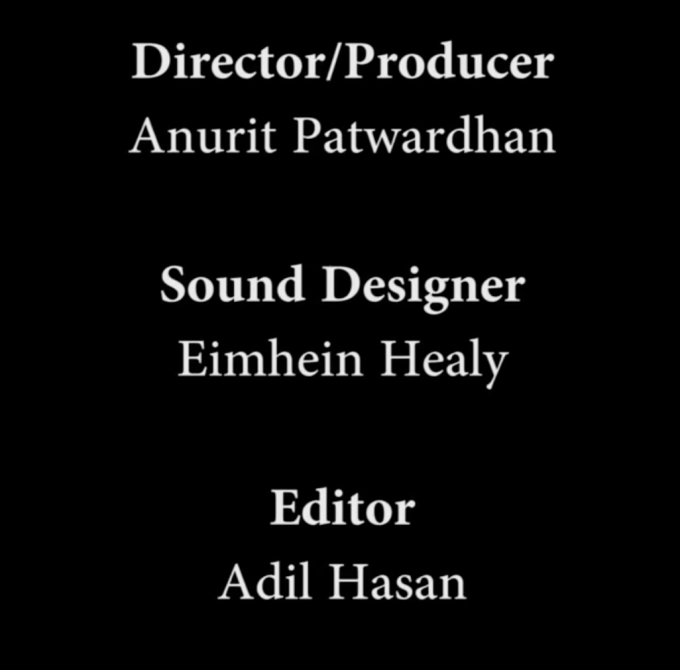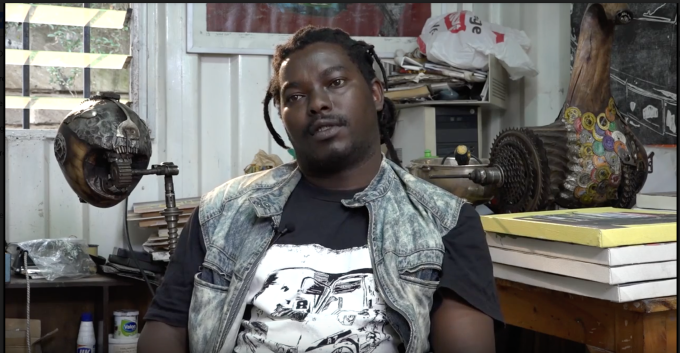International Media Collaboration- This phrase itself proclaims the importance and successful nature of social and multicultural collaboration, put beautifully in the vast world of media. When we speak about multicultural collabs, the first thing which comes in my knowledge is the vital role of understanding the different people from different countries and essence of working with each other on a professional level, as they are our clients. It can be a bit challenging to deal with people from different habitat, but this is what this course was all about. Edward Haul suggests 2 types of collaboration- High Context and Low Context. Here for this project we use the Low context collaboration. He says a low context collaboration is task-centered, involves decisions and activities which focus around what needs to be done. He also states that it uses wide networking, compartmentalized relationships and is consciously organized (Beer, 2007).
Semester 3 started with Matthew introducing the Kuona Trust based in Kenya which has been in the forefront from 1995 to help and develop visual art in the country. It is an epitome of providing platform to the creative artist who have great talents to show the world. It has over 1000 artist from all over the country who are working together for a better future of art in Kenya. I personally looked up all the artists the trust is involved with and found sheer brilliance in each in every one.
During the intensive lecture, we were supposed to pick an artist out if the 4 given artist, and my group found Dennis Muraguri as I best choice. On further research we realised that he has an extreme love for Matatus (a form of public transport in Kenya). This inspired me to look for beautiful things in broad communities.
Our task was to make a promotional video or a Documentary for the artists of the Kuona Trust. My group initially involved of 4 people, Warren, Eimhin, Adil and I, but Warren apparently opted out of the course in the middle of the semester. We 3 were playing quite important roles, which we were interested in doing. I was the Producer and Later Director (After Warren Quit), Eimhin was the sound technician and Adil was the editor. In terms of the roles, all three of us did our job very well provided Eimhin and I were very busy later this semester with our internships and Job.

Pre-production:
The pre production stage begin with one of our initial group meetings after the lecture, where we made a rough timeline of how we were going to proceed in the coming semester. I as the producer emailed Lynnet so as to arrange a Skype call interview (more like a getting to know more about the artist informal talk). The purpose of this call was to get an idea of what we are going to deal with the whole semester. I started by introducing myself and the team and demonstrating what roles have we been allocated. I had a few questions in my mind to ask Dennis of how he really is, as a person, whether he is more of a quiet, aloof and on his own kind of person or he is more of a vibrant personality, talkative, loud and full of energy. Unfortunately, the moment we started having a conversation, I realised that we are having a communication gap as the questions we were asking were not delivered in a proper way to him. I assume a language barrier and a social barrier was the cause of this issue. We put our best efforts in procuring the most information and getting a slight insight into what Dennis as an individual was, but we experienced lack of interest in giving out the information. I guess, this was our first learning for this course. As an international collaboration, we can’t expect the client to totally understand our way of going forward with things.
After the skype call, we were a bit disappointed. We emailed Lynnet after a week about whether we could again get a chance to talk to Dennis. My strategy was that our group should understand how Dennis is in a day-to-day life such that we can allocate the mood of the documentary we would make. We did not obviously get a chance to skype call him again as he was busy with his schedule. Next stage of this project was to send Lynnet a bunch of questions we would like to ask Dennis for his formal interview which a cinematographer will shoot and send it through to us.

Production:
Santa, a camera person did a phenomenal job in shooting the interview of Dennis and getting us the information we needed for the documentary. With the script of questions we had also asked Lynnet to send us some B-roles such as Dennis riding or observing Matatus, cycling (as he mentioned that apart from matatus, he enjoys cycling). We unfortunately couldn’t get the desired B-roles but we had a plan B for them. Nevertheless, the footage we acquired was brilliant for editing and we were sure that the outcome would come out phenomenal.

Matthew and Jenny, in the beginning of the semester had informed us that Sabine had some footage of Kuona Trust when she had visited Kenya. We were sure that we would find some usable footage from her.
Post Production:
Adil started editing the rough cut of all the footage we received from the Kuona Trust of the interviews conducted of Dennis. We struggled initially to download the footage, as it was a huge file. We started editing the footage and we realised that whilst the interview, the voice of the person asking the questions was not in a best shape. It was a bit quirky and was a bad quality sound. We the decided that instead of putting the voice of the interviewer, we will blackout the screen and present the question in form of text to the viewer. This results in 2 things, one, the bad quality sound is eliminated and second, the audience gets a nice hold of the question asked. Here, we also made sure that the audience in Kenya might suffer to understand our accent if we dubbed our voice for the questions. So text was the best solution. Searching for B-roles was a tough task. We relied on Sabine for them but couldn’t manage to get the desired results. She had some brilliant footage but not much could be of use to us.

Later in the next week, Adil presented the rough cut in the intensive which is literally rouch and was 9 minutes long. Matthew suggested us some great ideas to make the documentary better like-
- Cutting down on the duration of the video from 9 minutes to 5.
- Organise the B-roles and make the best use of the limited resources we had.
- We used some pictures of Dennis in the end of the documentary which matthew suggested us to distribute along the doco and increase the music at that the time to increase the production value of the film.
- We did initially repeat a B role given by Sabine, where Dennis was sewing a bunch of toys together to make an abstract art, matthew suggested to not repeat that.
In our first presentation we made a 9 minute video which we steadily cut down to 5 minutes including the credits. Whilst editing we did struggle from one major part, that in the middle of the interview, there were a few disturbances in the sound on both the channels which we weren’t able to reduce or take out. We managed to get some pictures of Matatus and Dennis from the Kuona Trust official website.
All in all we managed to develop a beautiful documentary which comprises of all what the artist Dennis seeks in his life. More than the final product the process of getting the bits and pieces together made me learn a lot about working with different kinds of people from different communities. I have learned a few major things collaborating this semester internationally-
- Your Client is the King!
- You need to understand the intercultural sensitivity.
- More than being technically correct, it’s importantly to be ethically correct when dealing with international clients!
References:
- Beer, J. (2007). High and Low context. [online] Culture-at-work.com. Available at: http://www.culture-at-work.com/highlow.html [Accessed 19 Oct. 2016].





